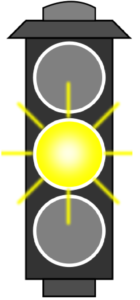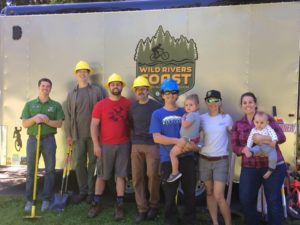FOR IMMEDIATE RELEASE
November 7, 2017
WHISKEY RUN MOUNTAIN BIKING TRAILS TO OPEN
Coos County is pleased to announce that the Whiskey Run Mountain Biking Trails will be open to the public effective November 18, 2017. Approximately eight miles of the initial ten mile trail are complete for public use. The trails are located on the Coos County forest, west of Highway 101 between Coos Bay and Bandon.
Coos County is one of Oregon’s hardest hit economic counties and has suffered greatly from reduced timber harvests. Consequently, the county does not have extra money to build recreational trails. These trails are made possible through grants from Oregon State Parks Recreational Trails Program, Business Oregon, and the Southern Oregon Workforce Investment Board. It provides an opportunity for tourists and locals alike to visit a well-managed forest while also enjoying recreational opportunities on the Oregon Coast.
“This project just proves how much we can do when we work together,” stated Board of Commissioners Chair Melissa Cribbins. “This partnership combined the efforts of Coos County, Wild Rivers Coast Alliance, Jon-Paul Bowles, Chris Barnhart of Sentieros Consulting, Eddie Kessler of Ptarmigan Trails, Travel Oregon and its regional steering committees, and the efforts of the Wild River Coast Mountain Biking Club.”
The initial opening will be celebrated on November 18, 2017 at 11 am with free hot dogs and opportunities to enjoy the trail. The trail can be accessed by taking West Beaver Hill Road to Whiskey Run road adjacent to Highway 101. This trail is open to non-motorized use only.
For questions, please contact Board Chair Melissa Cribbins at mcribbins@co.coos.or.us or 541-217-0272.



